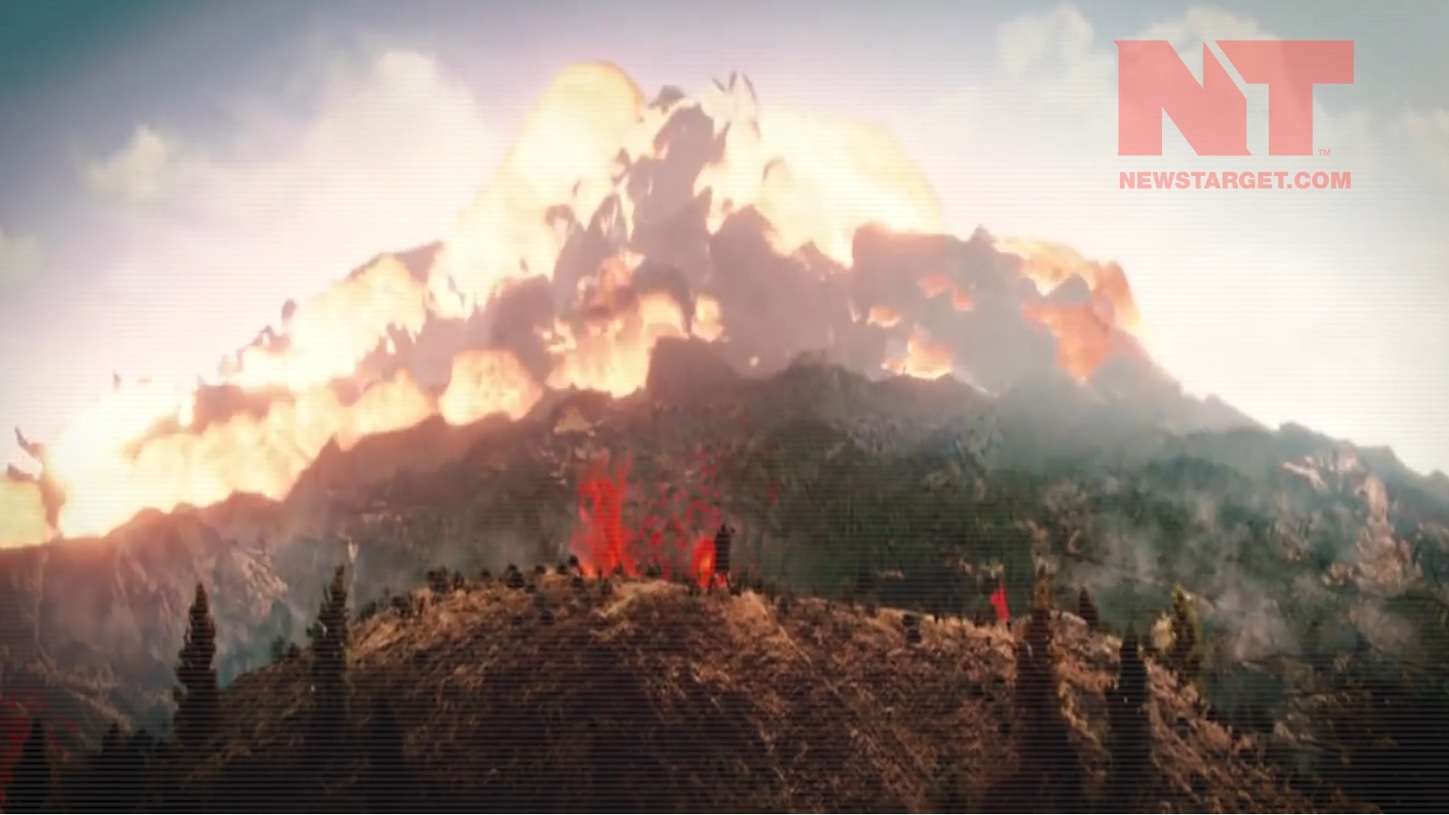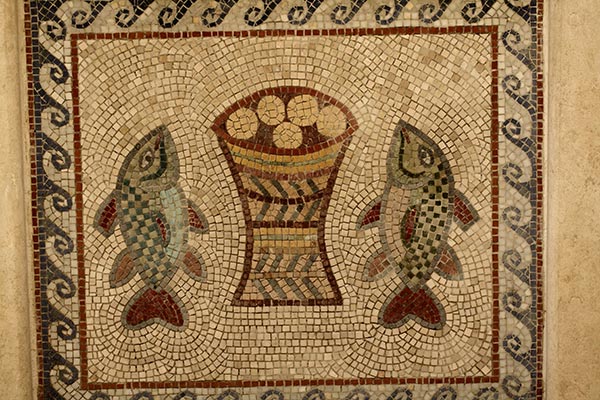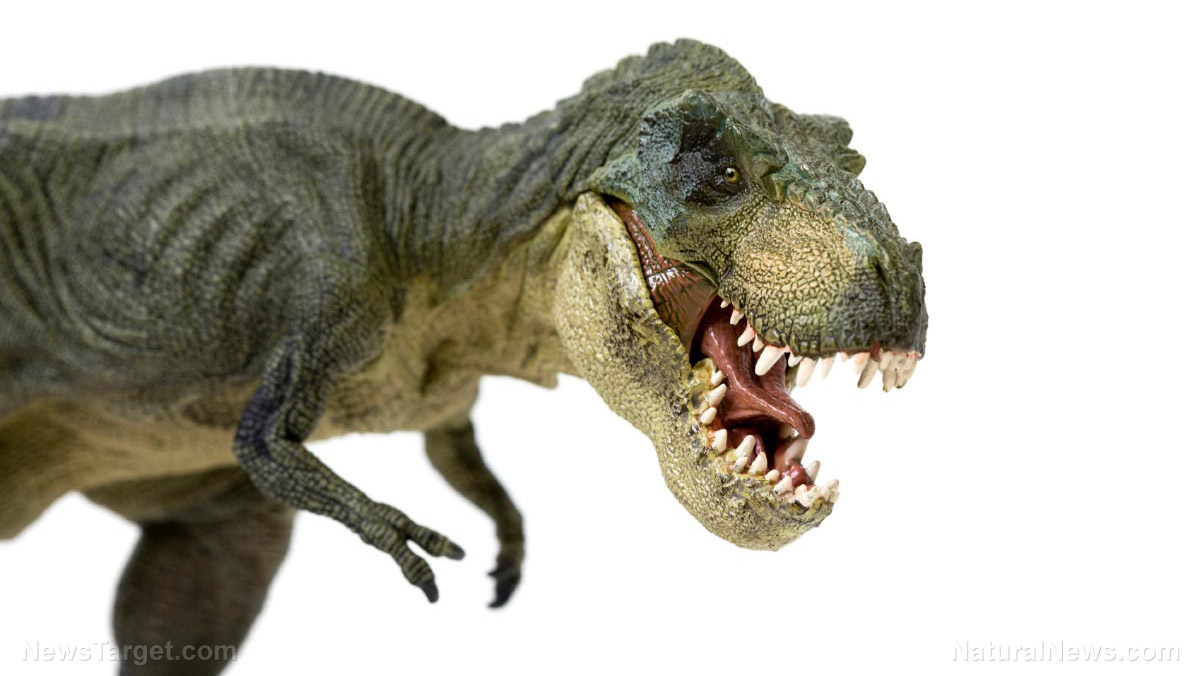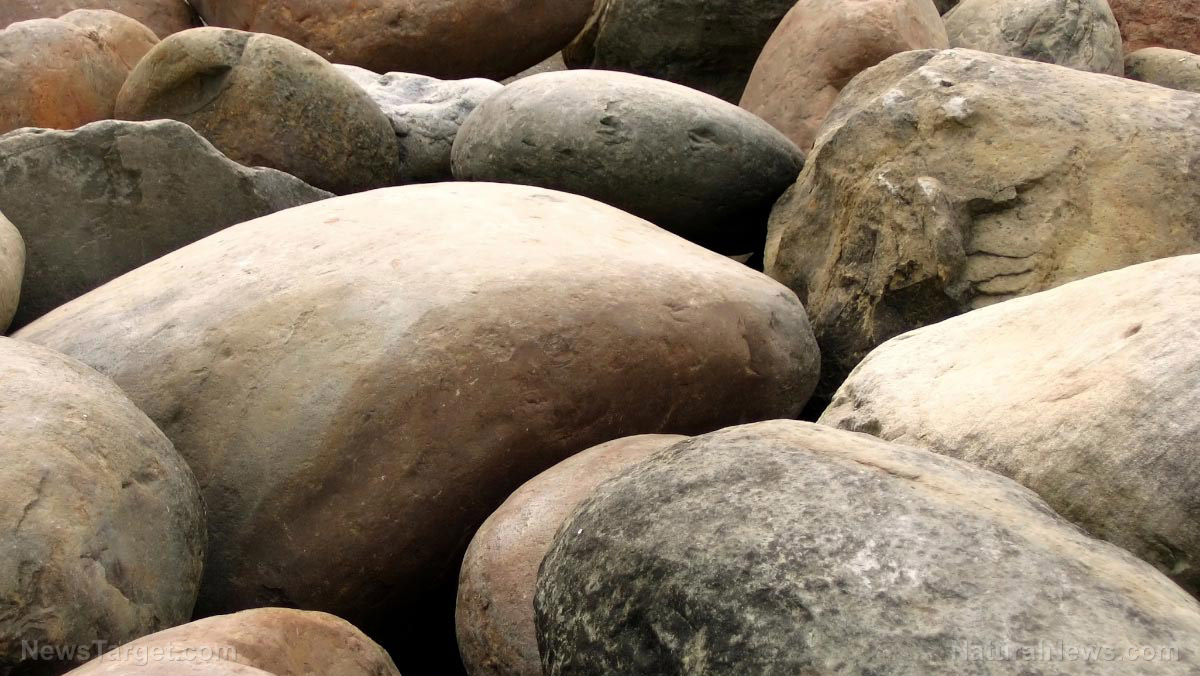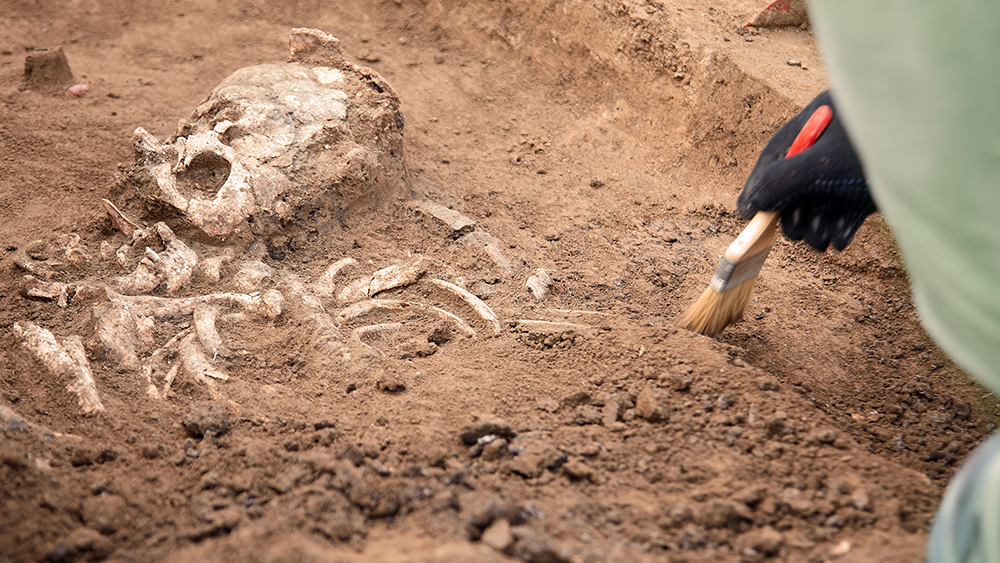Skulls from a cave in Spain suggest Stone Age people may have performed brain surgery, practiced human sacrifice
10/12/2020 / By Virgilio Marin

A pair of Stone Age skulls unearthed in the Dehesilla Cave in Spain shows signs of a halted brain surgery and possible human sacrifice, according to a study published in the journal PLOS ONE.
An international team of researchers said that the skulls, which date back to 4,800 to 4,500 B.C., may have belonged to a man and a woman. The woman’s skull has a dent that was likely formed when ancient surgeons unsuccessfully tried to drill a hole in it – an ancient surgical procedure called trepanation. What’s more, the woman was likely beheaded soon after death.
The skulls were found buried with the skeletal remains of a goat or sheep, raising the possibility that the bones were brought to the cave as part of a religious ritual, according to co-author Daniel García-Rivero, an archaeologist at the University of Seville in Spain. Moreover, one or both of the individuals may have had been victims of human sacrifice.
Weird dent in skull indicates incomplete brain surgery
The finds were uncovered in 2017 in Room 4, one of the deepest caverns in the Dehesilla Cave. An excavation team found two jawless skulls alongside stone tools, pottery fragments and most of the skeleton of a sheep or goat, which was likely less than 10 days old when it died. The cavern also contained a stone altar and the ash-rich remains of a fire.
The skulls’ size and shape suggested that one might have had been female and the other male. Both were adults, but it’s not possible to determine their exact ages. There’s an oval divot about 0.7 inches wide on the female-looking skull’s upper left side, bearing signs of later bone growth and healing. The researchers initially suspected that it was caused by blunt trauma, but having found no cracks radiating from the divot, they concluded that the woman likely went through trepanning.
Trepanation was a common practice in the Stone Age, as shown by hundreds of skulls from that period that were found with burr holes in them. Modern surgeons typically remove parts of the skull following a brain injury to relieve pressure from swelling, so ancient surgeons likely had the same reason for trepanation. But it’s also possible that they carried out the procedure because they believed it would exorcise evil spirits.
In any case, the surgery was not completed – instead of a hole, it left only a dent. The researchers posited that the woman likely lived for years after the procedure. When she died, her head was removed from her body, as indicated by cut marks on the skull. This was done while there’s still flesh on the bones, according to the researchers.
Human sacrifice is possible – but mysteries abound
While it’s possible that the burial was part of a ritual, perhaps even a sacrificial ritual, the team said that there’s a lot of questions left unanswered.
At the time, the people likely killed the goat for the ritual, but whether the two humans died that way too is still unclear. It’s possible that they died naturally or were deliberately killed, or one died naturally and the other was a human sacrifice.
Whatever the cause of their death, García-Rivero was hopeful that their study would open new lines of research into Stone Age cultures. For one, future studies could investigate the possibility that human and animal sacrifices were part of cult rituals practiced to appease the gods or commemorate ancestors. (Related: Mass grave discovered in Peru: Hundreds of children and animals were sacrificed in the 15th century.)
García-Rivero added that the finds could further shed light on Middle Neolithic burial practices, when the skulls were placed in the cave.
“This discovery is of great importance not only because of its peculiarity, but also because it constitutes a sealed, intact ritual deposit, which is a great opportunity to gain a more detailed insight into the funerary and ritual behaviors of the Neolithic populations of the Iberian Peninsula,” said García-Rivero.
Read more research on Stone Age burial practices at Artifacts.news.
Sources include:
Tagged Under: ancient culture, ancient history, Archaeology, artifacts, brain surgery, cool science, discoveries, real history, research, ritual sacrifice, Stone Age, trepanation
RECENT NEWS & ARTICLES
COPYRIGHT © 2017 ARTIFACTS NEWS



